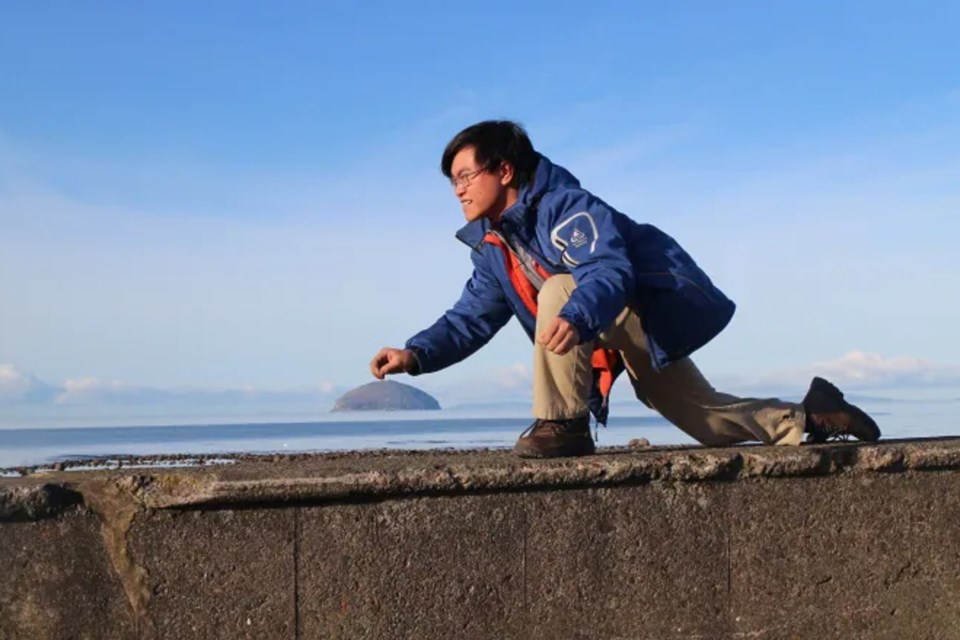As an avid curler, Laurentian University PhD student Derek Leung used his favourite sport as inspiration for his academic research.
Leung was a principal investigator and first author of a paper that researched curling stones for his undergraduate and master's thesis.
Having been a curling athlete at Laurentian University, the geology student embarked on a project that would help him uncover research that hasn’t been touched since 1890.
His research on curling stones focused more on the mineralogy of the stones, as well as the rock physics of current curling stones – which helped him dive into the damage evolution of the stone’s striking band.
“I've been interested in minerals since about kindergarten. I started curling when I was in primary school,” Leung told Sudbury.com during a phone interview. “Curling and geology have always been both very important parts of my life. So, it's almost natural that to do a research project on curling stones, it’s almost poetic in a way, right?”
Because of the research project he had done during his undergrad, the contacts he made during the journey allowed him to continue his research in curling stones abroad in Scotland at the University of Edinburgh.
Curling stones in international competitions are sourced from only two places in the world: Aisla Craig (a rocky isle off the western coast of Scotland) or Trefor quarry in North Wales. And so this made Leung able to travel straight to the source of the rocks in both iconic places of origin.
What he found out from his research is how the striking bands on the granite stones collect damage from collisions they have on ice amongst other aspects of his research. Each stone for curling is made up of different parts: the top and bottom. Both parts are made of different stone material. For example, the bottom half will have to slide on the ice so the rock that is used is important in terms of how it affects how the rocks curl or they deviate off their normal path.
“So what they do is they take a curling stone, and they grind down part of the bottom, and they actually insert a disc of a different rock. And so because of that, there's a slight difference between the rocks. They're used for running surfaces versus striking bands,” Leung explained.
The striking band is the area in which the stones collide on ice.
“And that's important because collisions often cause damage in the striking bands to the size of the stones. And so if we don't reduce that damage, then that can actually shorten a curling stone’s lifetime,” Leung said.
What was surprising to Leung when looking at the components of the striking band is that the rock contained quartz grains. A common commercial use for quartz is silica and glass, which are typically brittle or fragile. But Leung found in his research that curling stones contained 15 to 25 per cent of quartz.
“Moreover, the quartz tends to be unstrained – so we don't see evidence of fracturing. And so first of all, we think that quartz is actually an important component in curling stones.
“But more specifically, the way that the quartz is in a stone is also really important, because when we look at most other rocks from like from around the world (most igneous rocks (a rock formed from lava or magma)) they'll tend to have quartz that is fractured, and evidence for strain, whereas these rocks don't,” Leung said.
And while the research didn’t necessarily reveal any true alternative sources of granite for curling (because the mineralogic components of the curling stones are unique to Aisla Craig and Trefor), it does show how damage accumulates in granite-like rocks.
“This is important in construction, mining and nuclear waste storage,” Leung said in a YouTube video summarizing his research.
The full article to his study is available for download for a limited amount of time here.
